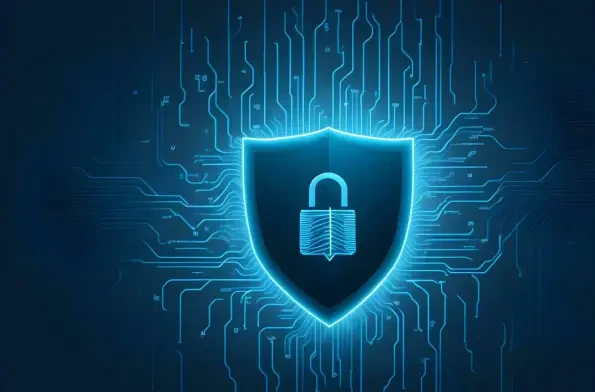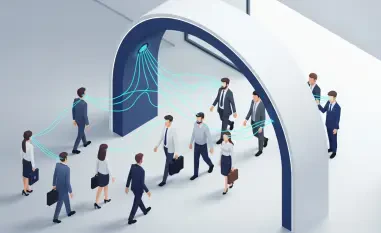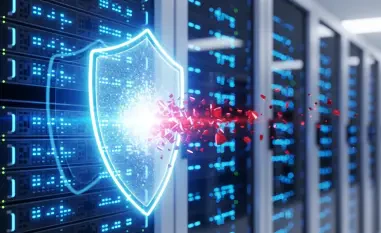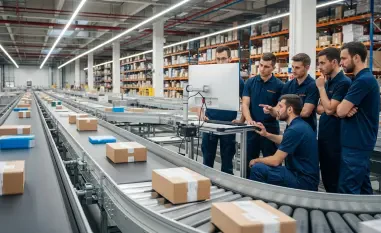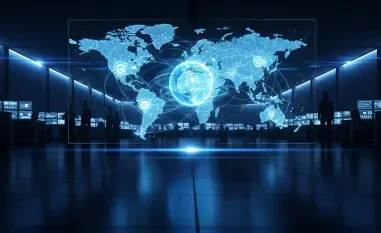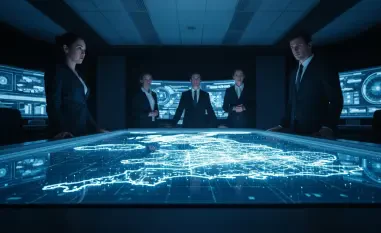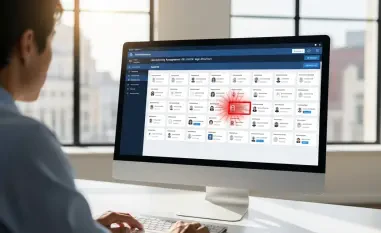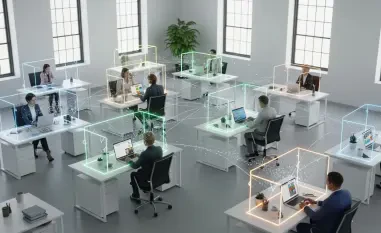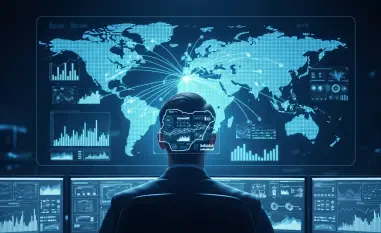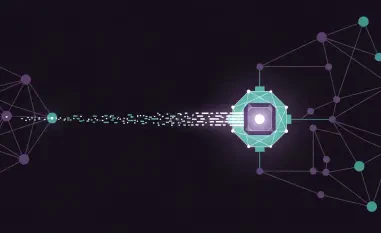In an era where security and efficiency are paramount in construction, Malik Haidar brings to the table his deep knowledge in cybersecurity, specifically in integrating sophisticated systems that bolster both. With his expertise, we’ve delved into the crucial aspects of construction site security, exploring how innovative technology is changing the game.
Can you explain the integration between Biosite hardware, CrewSight, and TrakaWEB software?
The integration is quite groundbreaking, effectively combining Biosite’s robust hardware with the intelligence of CrewSight and TrakaWEB software. This setup creates a seamless ecosystem where real-time personnel tracking is possible while ensuring that only authorized individuals gain access to sensitive areas. This not only enhances security but also elevates operational efficiency by preventing unauthorized access and streamlining the movement of personnel on site.
What unique security challenges do construction sites typically face?
Construction sites are vulnerable, often facing significant issues with unauthorized access and theft, which accounts for nearly 70% of job site thefts. The challenge lies in protecting both the workforce and the assets under constantly changing conditions. Ensuring that only authorized personnel are on site and that they operate safely and efficiently is critical to mitigating these risks.
How does the integration enhance site security and operational efficiency?
Through this integration, we’re able to tie key and asset management directly with personnel access through turnstiles. Before accessing a controlled area, individuals need to check out a key or asset and present their credentials at the turnstile. This linkage ensures that until they return the asset, access is denied, thus preventing unauthorized or unsafe movement within the site. The result is an increase in site security and a reduction in administrative tasks and human error.
Could you describe how the system ensures only authorized personnel access construction sites?
Our system mandates a dual step in authentication. An individual must not only present their credentials but also have control over an assigned key or asset to gain entry. This two-step process ensures thorough verification, blocking access until all requirements are met, thus limiting entry to only those who are previously verified and authorized.
How does the connection between keys or assets and the turnstile work?
The systems are interconnected such that when a key or asset is checked out, the individual’s access credentials on the turnstile are activated. This means whether it’s through physical credentials or digital authentication, there is no way an individual can bypass securing a key or asset before they are permitted access to restricted areas. This dynamic interaction fortifies on-site security.
What impact does this integration have on workforce and asset management?
The most immediate impact has been the streamlining of workforce management by minimizing administrative burdens. It automates and records personnel movements and asset handling in real-time, reducing human error and making resource allocation more efficient. This real-time data enables project managers to track on-site activities closely and optimize the use of their personnel and equipment.
How does being part of the ASSA ABLOY Group benefit Biosite?
ASSA ABLOY provides a foundation rooted in cutting-edge technology and innovation. Being part of such a globally recognized leader gives us unparalleled access to resources and expertise. This allows us to deliver adaptable solutions that are both locally sensitive and globally scalable.
In what ways does ASSA ABLOY’s global expertise contribute to your solutions?
ASSA ABLOY’s global reach and experience allow us to leverage best practices from around the world. This enhances our research and development efforts, ensuring our solutions remain innovative and aligned with global security standards. Their expertise supports our mission to exceed industry needs by providing state-of-the-art solutions.
How important is digital transformation for the future of construction site security?
Digital transformation is pivotal. The construction industry is increasingly aware that traditional methods are inadequate in the face of modern security challenges. Integrating digital solutions like data analytics and real-time monitoring is crucial in enhancing site security and efficiency—shifting us towards smarter, more responsive security systems.
What advancements do you foresee in integrating automated access control systems with workforce management software?
There is significant potential for advancements involving AI and machine learning to further streamline operations and enhance security protocols. In the near future, I foresee systems that not only manage access based on credentials but also learn and adapt to predict security breaches or inefficiencies, providing a proactive rather than reactive approach.
How does Biosite approach data security and compliance?
Data security and compliance are cornerstones of our strategy. Our systems are meticulously designed to meet stringent data protection regulations, ensuring all personnel data is handled with strict confidentiality. By integrating with TrakaWEB, we enhance how credentials are managed, prioritizing strong compliance frameworks that comply with industry standards.
What regulations does your system comply with to ensure personnel information protection?
We comply with robust data protection regulations, such as those outlined in GDPR and other international standards, that ensure the highest levels of privacy and security for personnel information. This enables us to build trust with clients, as we consistently prioritize their data’s integrity and security.
How does the integration with TrakaWEB enhance data management and security?
With TrakaWEB, we bolster our data management capabilities, especially in handling access credentials securely. The software provides an additional layer of security and flexibility, optimizing how data is managed and stored, thus enhancing the robustness of our compliance with regulations.
What new features and benefits are you planning to incorporate into CrewSight technologies in the coming year?
We are focusing on enhancing the user experience with CrewSight by incorporating advanced features from TrakaWEB, aiming to make the system more intuitive. These updates include better real-time analytics, improved user interfaces, and more integrated solutions for asset tracking, which collectively empower our clients to manage their workforces with greater precision.
How does your collaboration with Traka reflect your dedication to improvement in construction site security?
Our collaboration with Traka is a testament to our dedication to continuous improvement. By aligning with their technologies, we’re continuously refining our solutions to address evolving security challenges, reflecting our commitment to provide the most secure, efficient systems possible.
What impact does combining cutting-edge technology with ASSA ABLOY’s global expertise have on meeting industry needs?
By merging innovative technology with ASSA ABLOY’s global insights, we’re exceptionally positioned to deliver solutions that not just meet but exceed industry standards. This combination allows us to create systems that are both forward-thinking and grounded in practical, real-world application.
How do you balance being locally responsive and globally scalable in delivering security solutions?
We achieve this balance through our integration approach, which allows us to tailor solutions to specific local requirements while leveraging global best practices. Our systems are designed to be adaptable, ensuring they meet local demands with the assurance of quality and innovation that comes from being part of a global leader.
What is your forecast for the future of integrated construction site security solutions?
I anticipate substantial growth in the use of AI and machine learning, which will transform how risks are managed on-site by enabling systems to predict and respond to threats autonomously. This shift will lead to more secure, efficient construction environments, with technologies that not only report but actively mitigate security risks.
